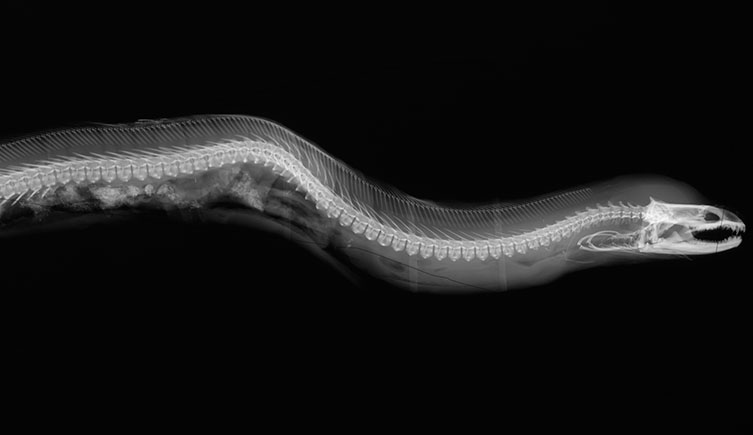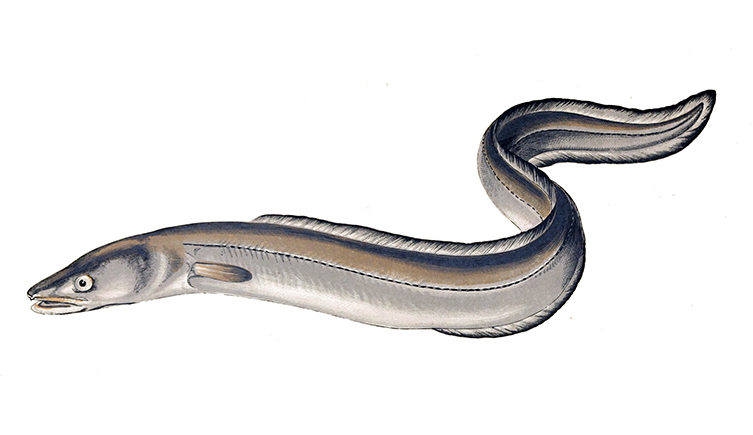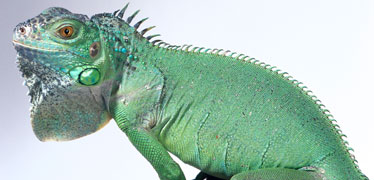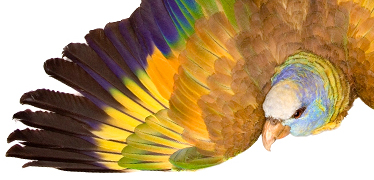Convergent evolution of anguilliform elongation

X-ray photography reveals the vertebral column of this snowflake moray eel (Echidna nebulosa)
Project summary
- Focus: Identifying how convergent traits related to body elongation are acquired among eel genera
- Funding: The John Templeton Foundation
We are investigating the order in which traits related to body elongation evolved in eels.
This project asks whether the traits that give true eels (Anguilliformes) their elongated body shape evolved in the same order among eel genera. These traits include various measures of the axial skeleton and the position of internal organs.
We are examining the Museum's eel specimens using x-ray radiography to collect quantitative data on their body structure.
Quantifying how traits related to elongation have evolved across the order should give us a greater understanding of the evolutionary history of Anguilliformes. It should also improve our understanding of convergent evolution.

European conger eels (Conger conger) have a robust body shape
Converging on elongation
Elongated body shapes have evolved independently numerous times across the tree of life. Besides Anguilliformes, other clades with eel-like morphologies include:
- other types of fish, including hagfish, lampreys, bichirs, spiny eels, eeltail catfish, knifefishes, electric eels, black dragonfishes, false brotulas, swamp eels, tube blennies and wormfishes
- Palaeozoic tetrapods such as nectridians, lysorophids, adelogyrinids and aïstopods
- snakes, caecilians and several species of lizard
Of these, true eels are an excellent model to study. They have demonstrated multiple ways of elongating – from adding vertebrae in different areas along the body axis, to changes in the sizes of the vertebrae, or some combination of the two.
They have also evolved a great variety of forms, including the long and slender snipe eel (Nemichthys), the more robust conger eel (Conger) and the large-mouthed pelican eel (Eurypharynx).
The project could improve our understanding of the convergent evolution of elongated body shapes across taxa.

Origins, evolution and futures
We study the Earth's origins, environment and the evolution of life.

Vertebrates
Determining the diversity, biogeography, taxonomy and phylogeny of vertebrates.

Zoology collections
Our zoology collection has 29 million animal specimens and is rich in voucher, type and historical specimens.
